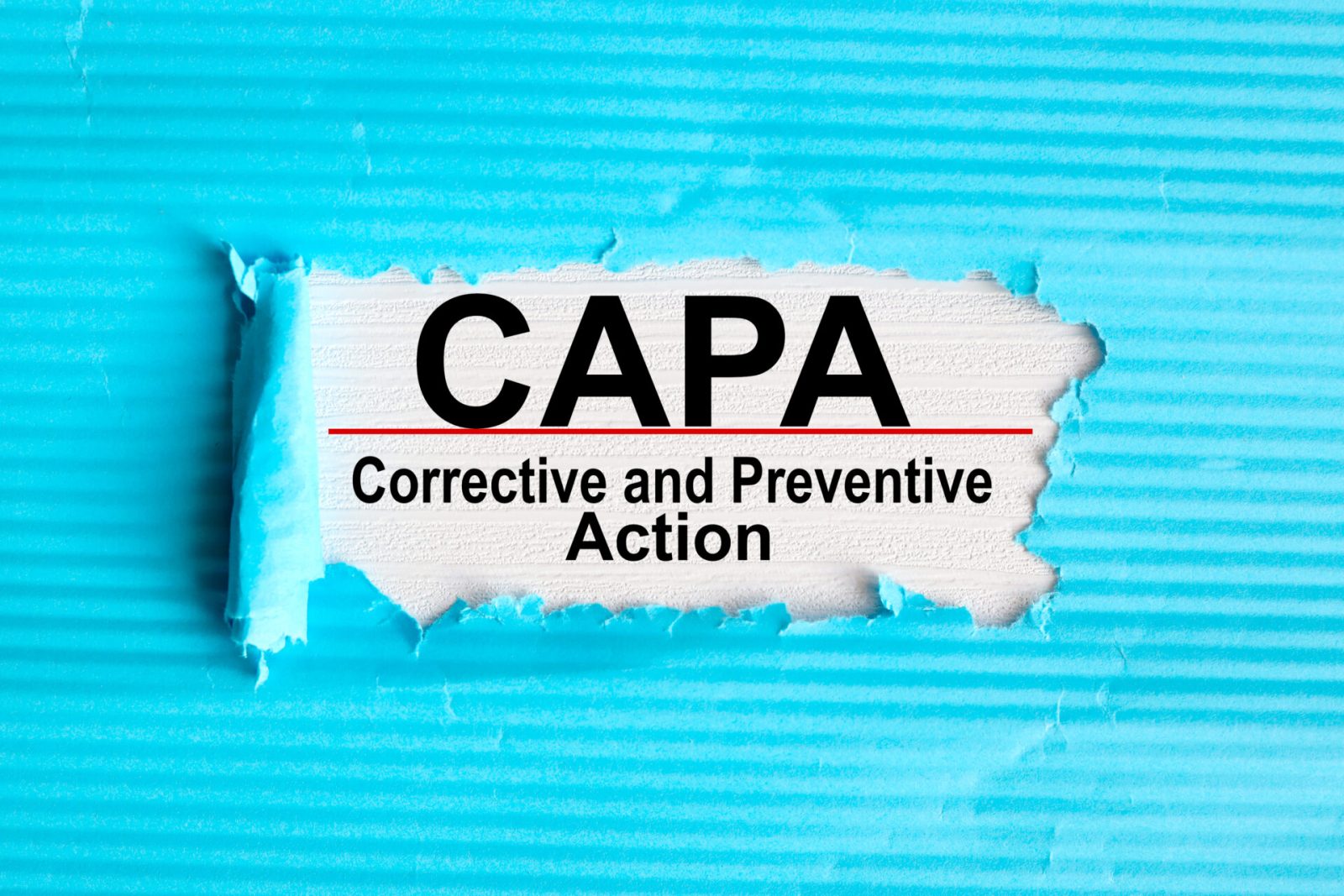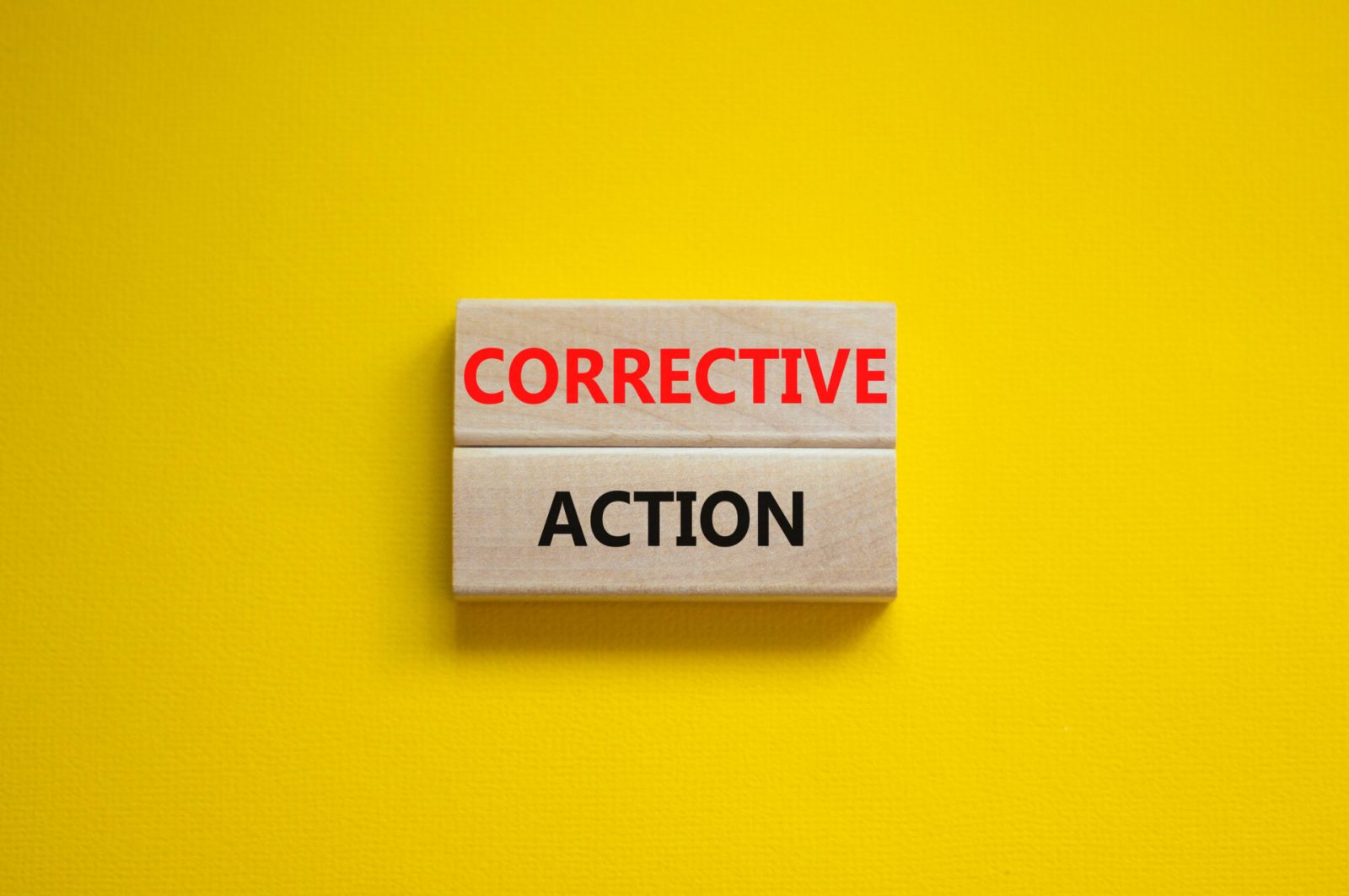In life science companies, corrective and preventative actions (CAPAs) are really important. They are the things you do to ensure product safety, quality and consistency, appease regulators and save lives. Not all CAPAs are effective though – some aren’t well thought through, others are implemented poorly, and some actions fail to yield the intended impact after some time has passed. If your company is experiencing any of these situations, perhaps its not the CAPAs themselves which are the problem – maybe its your company culture.
Is continuous improvement part of your organizations DNA?
Many people think of CAPAs as something that is driven by regulators and recalls – something you are forced to do. A better way of looking at CAPAs is as a tool for continuous improvement. No company is perfect – there are always risks and opportunities to make things better. The question to ask yourself is this… if it weren’t for regulators (and customers) mandating it, would your employees still seek out continuous improvement opportunities and pursue corrective and preventative actions? Or would they just focus on executing the processes as they exist today?
Its not about what you throw at the wall, its about what sticks
CAPAs are not one-time fixes that can then be ignored. They are changes to the processes, behaviors and activities that your company executes. The CAPA process isn’t cheap – there are many hours invested in analyzing operations, identifying root causes of issues and developing response plans. But the real benefit isn’t realized until the actions are taken and the outputs of your production processes change. Does your company have a process to go back and review the effectiveness of CAPAs a few months after implementation? Or to build CAPA related measures into your operational monitoring processes? If not (or if you don’t know), it means you may be experiencing a “fix and forget” phenomenon and not really achieving the long term benefits you need from CAPA investments.
Management and HR set the tone for employees
Individuals in your organization (for the most part) will adapt to the culture and expectations set by their direct managers and the HR processes used to evaluate their performance. If you think you might have a problem with CAPA performance, this is a good place to start. What behaviors are you incentivizing through your performance review process and compensation plans. Are employees measured on production volume? Product quality? If they were to come up with an idea for how to make operations better, how would this be received and rewarded by the company?
Employees naturally have intrinsic motivation to make their environment better unless that motivation is somehow undermined by an outside source. Many companies take the attitude that there is a group of employees paid to produce and a different group of employees paid to improve operations. This philosophy ends up being counter-productive as it decreases the motivation of the first group and decreases the effectiveness of the second.
A healthy continuous improvement culture (that will lead to CAPA effectiveness) starts with enabling and empowering employees (regardless of where they are in the company) to identify opportunities and take actions to make their environment better. Management and HR processes can encourage this behavior by providing time for employees to come up with improvement ideas, support for implementing them, and rewards (it may just be acknowledgement) for the impact that these ideas yield over a period of time.
Kepner-Tregoe is an industry leader in helping companies implement problem-solving and continuous improvement processes. Through our over 60 years experience we have learned that process effectiveness starts with people being given the right set of skills and a supportive environment to enable them to realize their full potential.








